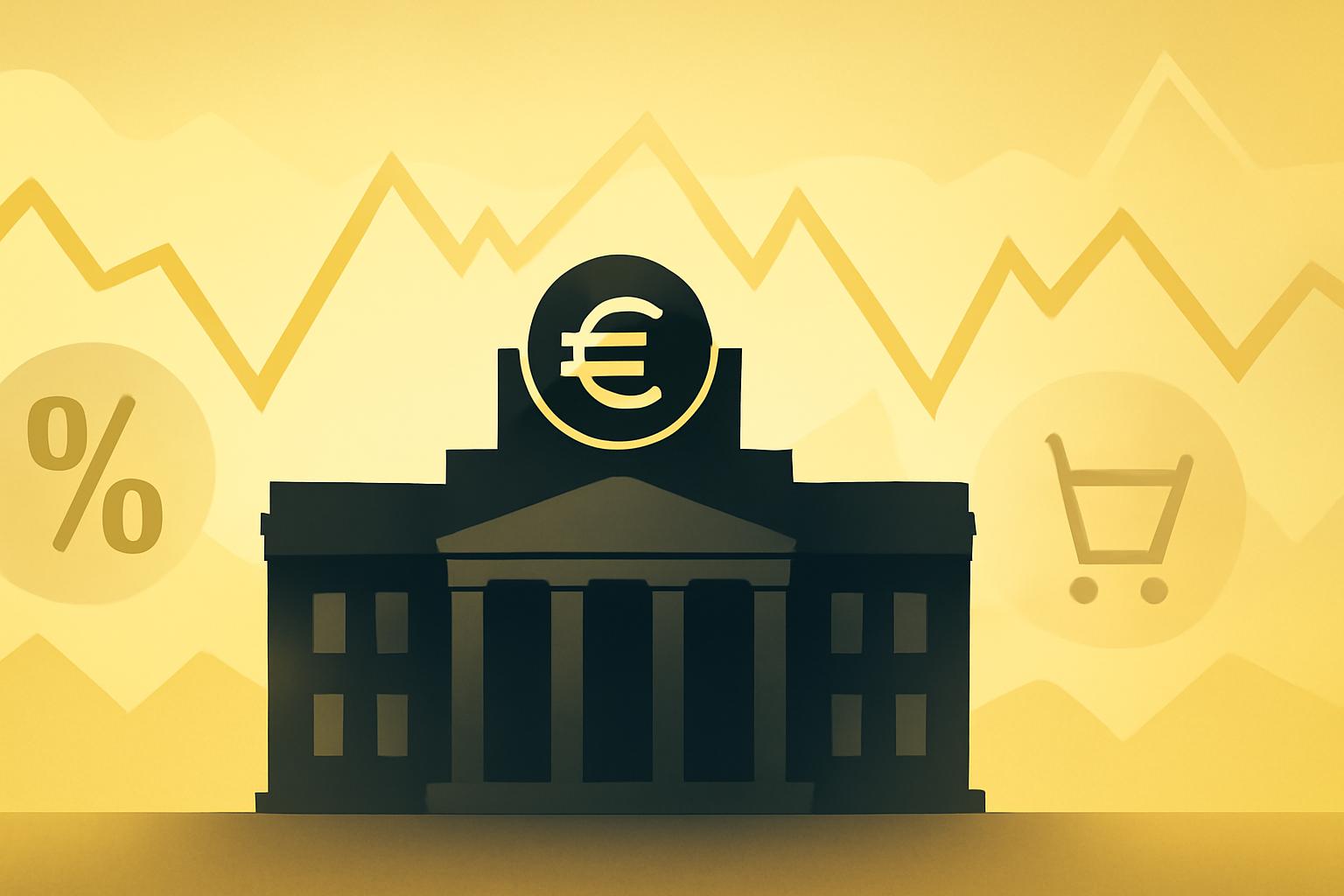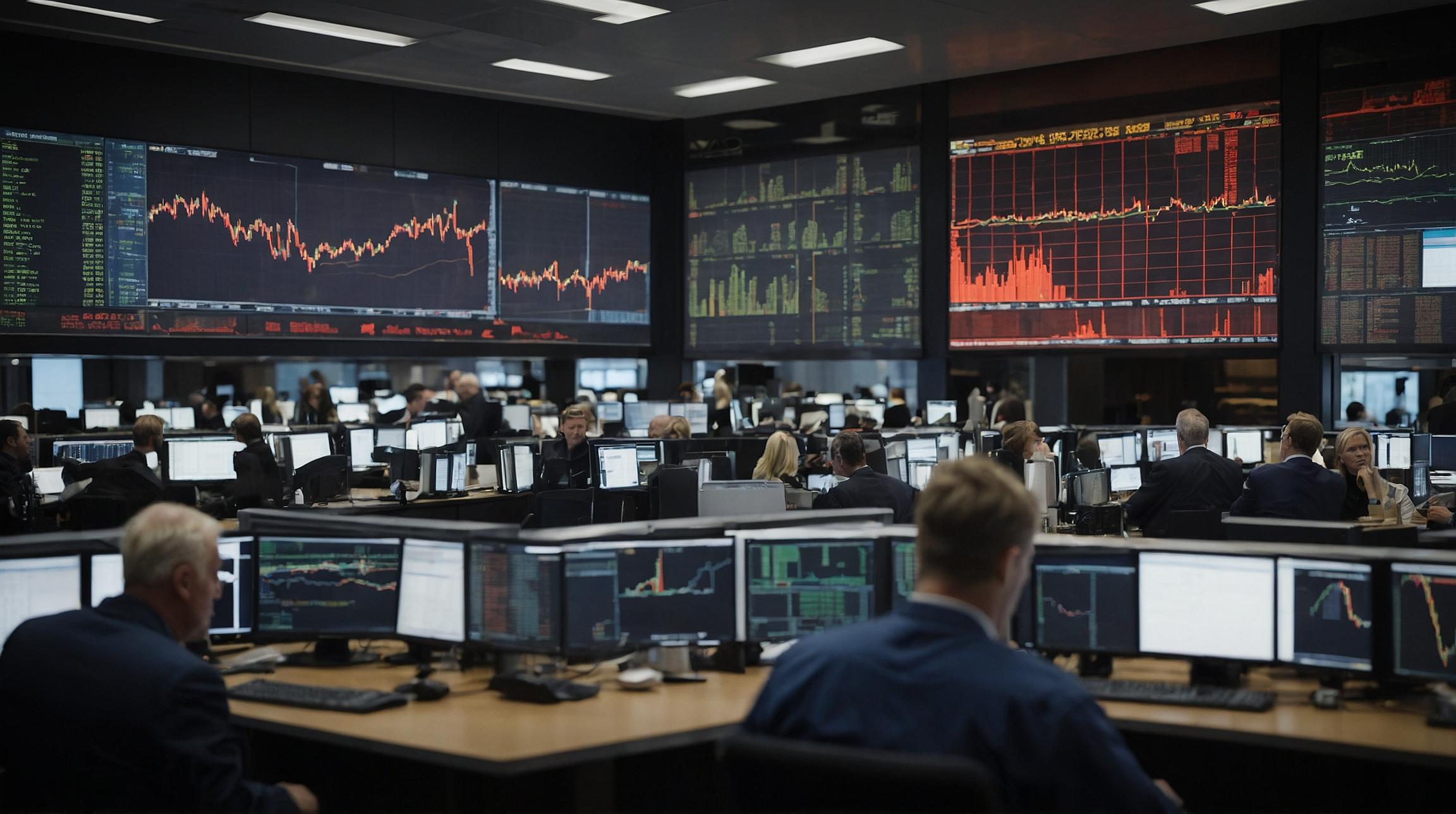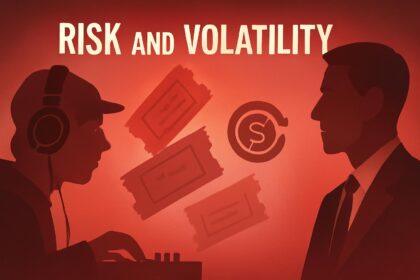ECB Maintains Interest Rates as Trade Tensions Weigh on Economic Outlook
The European Central Bank (ECB) opted to keep its key deposit facility rate unchanged at 2% on Thursday, reflecting ongoing economic uncertainties linked to U.S. tariff policies. This decision aligns with market expectations, which had priced in a near-certain probability of a rate hold following the ECB’s previous cut in June.
In its statement, the ECB highlighted that inflation is currently close to its 2% medium-term target and that the outlook remains broadly stable. The central bank emphasized a data-dependent approach, refraining from committing to a predetermined path for future interest rates.
Trade Disputes Continue to Cloud Eurozone Growth
Despite inflation stabilizing, the eurozone economy faces persistent challenges from global trade tensions. The EU and U.S. agreed in July on a 15% tariff on EU exports to the U.S., addressing key sectors such as pharmaceuticals but leaving some areas like wine and spirits unresolved. Additional concerns arose after the U.S. threatened retaliatory tariffs following the EU’s substantial antitrust fine against Alphabet’s Google.
Eurozone economic growth remains tepid, expanding by just 0.1% in the second quarter after a 0.6% increase in the first. ECB President Christine Lagarde noted that risks to growth have become more balanced but cautioned that renewed trade tensions could suppress exports, investment, and consumption.
Lagarde acknowledged a reduction in trade uncertainty compared to earlier periods but stated that it has not returned to pre-pandemic levels, suggesting a new normal of elevated uncertainty.
Mixed Views on Future Monetary Policy
Economic analysts diverge on the likelihood of further ECB rate cuts. Thomas Pugh, chief economist at RSM, indicated that while the ECB is not rushing to lower rates, ongoing tariff impacts and uncertainty could justify a cut by year-end. Pugh cited factors such as weakened investment, export challenges, a stronger euro, and cheaper Chinese imports as potential dampeners on growth and inflation.
Conversely, Irene Lauro, eurozone economist at Schroders, argued that the easing cycle has concluded. She pointed to diminishing trade risks and a strengthening domestic economy supported by tight labor markets as reasons for the ECB to maintain current policy. However, she highlighted political instability, particularly in France, as a growing risk.
Updated Economic Forecasts
The ECB’s latest projections, unchanged since June, forecast headline inflation averaging 2.1% in 2025, 1.7% in 2026, and 1.9% in 2027. Core inflation is expected to remain steady at 2.4% this year. Economic growth forecasts were slightly revised upward for 2025 to 1.2%, while the 2026 outlook was trimmed to 1%.
As the ECB continues its cautious, data-driven approach, market participants will closely monitor trade developments and inflation trends for signals on the future trajectory of monetary policy.
FinOracleAI — Market View
The ECB’s decision to hold rates steady amid trade-related uncertainties is likely to exert a neutral short-term impact on markets. The central bank’s cautious stance reflects balanced inflation and modest growth forecasts, but ongoing tariff risks introduce downside risks to economic momentum. Investors should watch for shifts in trade policy and inflation data, which could prompt a reassessment of rate expectations later this year.
Impact: neutral













